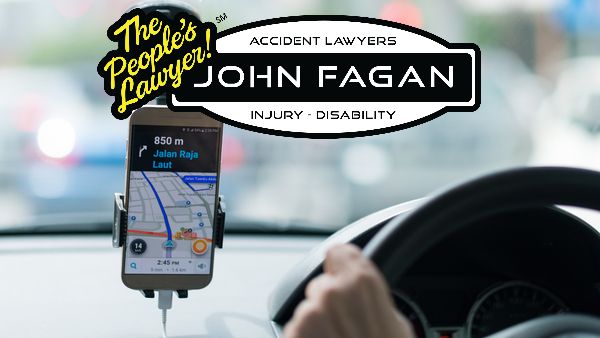Driving for a ridesharing company constitutes a business use, which a basic personal automobile policy will not cover.
It takes just a few clicks to become a driver for Uber or Lyft. But all it takes is one minor car accident while driving for either service to turn that driver’s life upside down.
Insurance for rideshare drivers is absolutely needed, but obtaining the right coverage is a difficult and confusing task. Anyone signing up for either ridesharing service — also known as a Transportation Network Company (TNC) — must understand what is required and needed to drive for either Uber or Lyft. If you do want to drive for a TNC, or if you are an insurance agent looking to enter this fast-growing market, here are some key things you need to know.
Personal lines will not cover driving for a ridesharing company because it constitutes a business use.
1. Personal auto lines will not cover you.
Driving for a ridesharing company constitutes a business use, which a basic personal automobile policy will not cover. Many personal auto insurance policies even include clear and explicit exclusions for all ridesharing services. This places a great amount of liability on drivers in the event of an accident, and even a minor accident will likely result in the cancellation of a driver’s personal automobile policy.
Each state has different rules about what these policies should contain, in addition to the amount of liability covered.
2. Supplemental rideshare insurance is available… sometimes.
Many insurers offer rideshare insurance for people who sign up for a TNC. However, the amount of companies that offer these policies varies from state to state, and can be confusing. Each state has different rules about what these policies should contain, in addition to the amount of liability covered. Rideshare drivers may find themselves with only one insurance carrier to use in certain states, while others may even require a TNC driver to obtain a commercial driver’s license.
Policies also vary depending on if a person works full-time as a rideshare driver. As of now, there are only a handful of companies offering a streamlined insurance policy with an “all-in-one” protection plan for people looking to use their car for a rideshare company.
The process to file a claim through TNC-issued policies is notoriously difficult for drivers, and in many cases, requires an attempt to file a claim through a driver’s personal auto insurer first.
3. TNC insurance policies don’t necessarily solve the problem.
Uber and Lyft offer their own supplemental insurance policies for their drivers. But these, too, are very complicated in terms of what they cover, and when. One level of liability exists if a driver has his or her app open and is waiting to pick up a fare, and another, increased level exists if a customer enters a driver’s car. The process to file a claim through TNC-issued policies is notoriously difficult for drivers, and in many cases, requires an attempt to file a claim through a driver’s personal auto insurer first.
Once a personal carrier declines the claim, only then will a TNC-issued policy kick in. This increases the chance that a personal auto insurer will cancel a policy, and can get even more complicated if a driver works for both ridesharing companies, as is common.
Many rideshare insurance policies provide up to $1 million in liability protection.
4. Passenger injuries and other drivers.
Passengers who get hurt as a result of a car accident are out of luck if a rideshare driver does not have the proper coverage. They may face incredibly steep bills if a driver only has personal automobile insurance. Many rideshare insurance policies provide up to $1 million in liability protection, which includes damages to a vehicle and injuries to both a driver and a passenger.
Many of these policies will also cover expenses if a rideshare driver gets into an accident with an uninsured vehicle.
Insureds should talk to an agent to avoid any confusion and understand their policy to the fullest.
5. The best method to avoid the confusion.
Ridesharing is now commonplace, but it is still a new industry that insurance companies are slow to adjust to. The best way for rideshare drivers to understand the insurance policies they need and what these policies cover is by contacting an insurance agent who is up-to- date on the latest trends.






